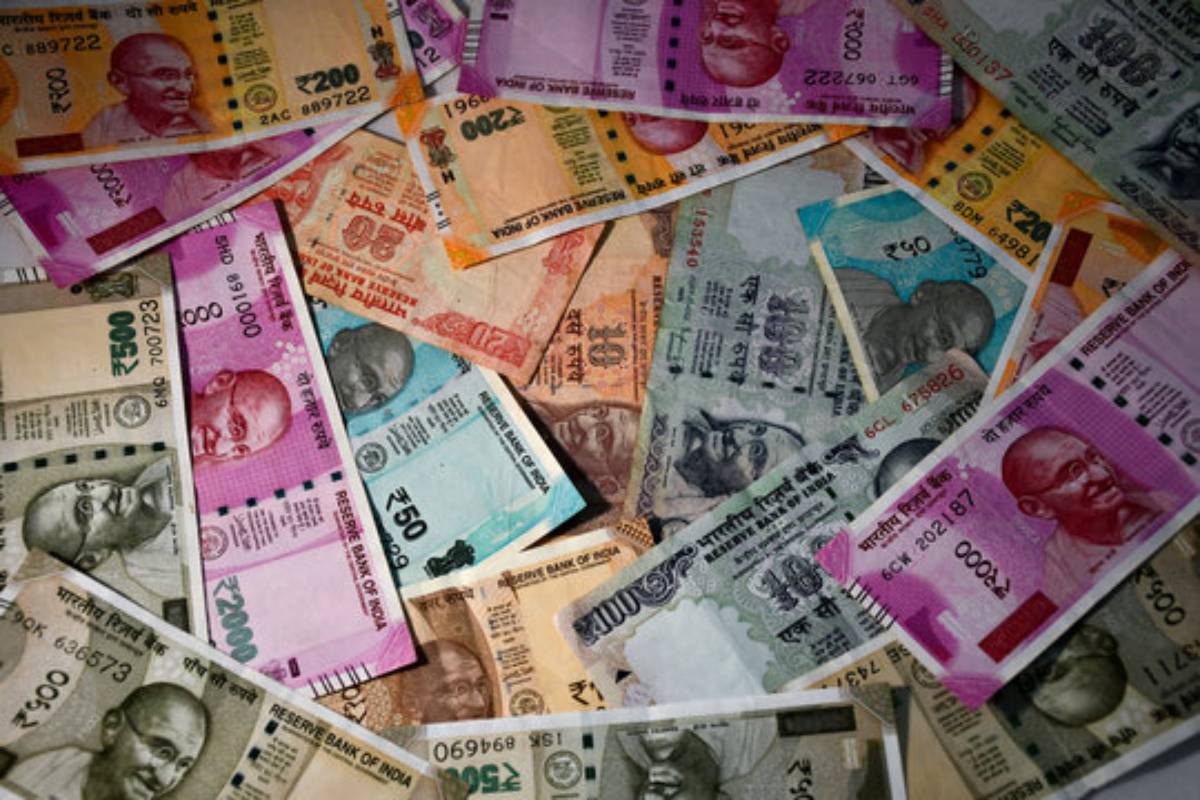RBI asks fintech firms, digital payment cos to ensure responsible innovation
RBI Governor Sanjay Malhotra on Thursday asked fintech firms and digital payment companies to ensure responsible innovation and better compliance.
The Indian rupee’s recent behaviour, hovering just shy of 84 a dollar, has been a focal point of discussion in financial circles. On Tuesday, the currency closed at 83.97, marginally above its previous alltime low of 83.9725, thanks to the Reserve Bank of India’s (RBI) timely intervention.

Representative Image.
The Indian rupee’s recent behaviour, hovering just shy of 84 a dollar, has been a focal point of discussion in financial circles. On Tuesday, the currency closed at 83.97, marginally above its previous alltime low of 83.9725, thanks to the Reserve Bank of India’s (RBI) timely intervention. This move underscores the RBI’s commitment to maintaining the rupee’s value within a manageable range, preventing it from sliding into uncharted territory. The central bank’s strategy of selling dollars via state-run banks at critical junctures has provided a buffer against market forces that might otherwise push the rupee to break the psychological barrier of 84.
Such interventions, while effective in the short term, raise questions about the sustainability of this approach as a long-term currency management strategy. The timing of the intervention coincides with global economic uncertainties, particularly around the US Federal Reserve’s upcoming decisions on interest rates and inflation control measures. With US retail inflation data expected soon, any indications of inflationary pressure could influence the Fed’s policy trajectory, impacting the dollar’s strength against global currencies. In this context, the RBI’s actions appear to be a calculated move to forestall a drastic fall in the rupee’s value, which could have ripple effects on the Indian economy, including increased costs of imports and a potential rise in inflation.
Advertisement
However, this strategy is not without risks. The RBI’s frequent interventions might be seen as a lack of confidence in the market’s ability to self-correct, which could lead to a reliance on the central bank’s actions for stability. Moreover, such interventions come at the cost of depleting foreign exchange reserves, which, if not managed prudently, could leave the economy vulnerable to external shocks. On a broader scale, the situation highlights the challenges faced by emerging market economies in balancing domestic economic stability with the pressures of global financial markets. The rupee’s movement against the dollar is not just a reflection of India’s economic health but also a barometer of global investor sentiment. With the Federal Reserve’s policies influencing global capital flows, emerging markets like India are often at the receiving end of abrupt currency fluctuations. The RBI’s cautious approach is understandable, given the potential implications of a sharply weakened rupee.
Advertisement
A decline below the 84 a dollar mark could trigger a negative feedback loop, impacting investor confidence and leading to capital outflows. By intervening in the currency market, the RBI aims to provide a stable environment for economic growth and investment. Looking ahead, the key question is whether the RBI can maintain this delicate balance in the face of on-going global economic uncertainties. A shift to some orderly dollar weakness could provide a reprieve for the rupee and other emerging market currencies. However, the road to such an outcome is fraught with challenges, and the RBI’s ability to navigate these will be crucial in determining the rupee’s trajectory
Advertisement